| Author: | | New Member Registered: November, 2018 Posts: 22 | | Review Date: January 19, 2024 | Recommended | Price: $372.00
| Rating: 9 |
| Pros: | clarity and sharpness | | Cons: | eeight | | Sharpness: 10
Aberrations: 9
Bokeh: 10
Handling: 8
Value: 10
Camera Used: 6x7
| |
Very pleased with the lens and it adds to our ability to work in the field. The to biggest issues are the weight and stability when turned vertically.
| | | | | | | Loyal Site Supporter Registered: August, 2007 Location: Coquitlam, BC, Canada Posts: 624
1 user found this helpful
| | Review Date: June 26, 2022 | Recommended | Price: $375.00
| Rating: 8 |
| Pros: | Used prices for this lens are very low, build quality & finish are excellent and it is sharp. My handing score would go from 8.5 to 5.0 without mounting modifications and the lens “foot”. | | Cons: | Difficult to handle & carry (w/o a lens foot), no internal focus, fucus ring a little stiff (consistent with other reviewers), no internal filter drawer. | | Sharpness: 9
Aberrations: 8
Bokeh: 8
Handling: 8
Value: 10
Camera Used: Pentax 645Z
| |
To further explain the “cons” listed above; this lens is awkward to handle & carry, without modifications. The mounting collar is generously wide and supports the lens well, but is not close to the balance point of a camera & lens mounted on a tripod. Not being internal focus, the balance point changes in use, and more so with accessories and camera bodies. The focusing ring is a little stiff to use, consistent with non- internal focus lenses. No internal filter “drawer”, and with the front filter being 95mm makes filters expensive. (Not as much of an issue with digital)
Balance of long heavy lenses, with heavy camera bodies and accessories such as extension tubes and 1.4x and 2x extenders becomes a serious consideration, and lack of good balance and stability become very problematic in terms handling and image quality, even using MLU (mirror-lock-up).
As this lens is not internal focusing, almost everything forward of the aperture ring is moving. This makes the addition of “stabilizing” hardware not an option. I studio tested this lens with a Pentax 645Z in MLU, keep in mind that “mirror slap” in medium format cameras, particularly with the 67, is a serious vibration issue at slower shutter speeds. In testing I used every accessory combination (extension tubes/extenders) and found that to be able to balance the various configurations, there needed to be a mounting rail of a minimum of 6” to 7” long. It goes without saying that it needs to be a quick release rail to be able to slide the lens back and forth safely, as this is a necessary and ongoing adjustment procedure.

The lens rotating/mounting collar, while being generously long and supportive, and quite wide across the bottom, only extends down 3/8” below the barrel of the lens and the focusing collar. Mounting a 7” rail extends almost half way down the focusing collar making it impossible to get your fingers between the rail and the collar for focusing. The solution is to use a fabricated “lens foot” for mounting, to allow finger-space to access the focusing collar and also to move the center of the lens barrel up higher on a gimbal cradle arm, providing better balance, being closer to the swing arm pivot point. An added benefit of a “foot” is that it allows you to carry the lens with one hand rather than cradling it in your arms (an important feature in the field).
In my opinion a photographer needs to use “long lens” skills, and a “solid” tripod such as a series 3 Gitzo Systematic Tripod and a Wimberly WH200 gimbal head. Using lighter support equipment will severely restrict your ability to consistently produce sharp images and would make shooting moving objects more than frustrating. This is not to say that you need the “top-of-the-line” equipment, but using those as a reference, your choice of support equipment needs to be at least that robust, and a well-built gimbal head is almost a necessity. The excellent Jobu Junior (JR3 Deluxe) head is, in my opinion, too small for this lens and their larger units would be the better choice. I think this lens is too heavy for the easy use of side-mounted gimbals. Today there are excellent gimbal heads made by a number of different manufacturers. While gimbal heads are an expensive budget item, keep in mind it is a one-time purchase, unlike camera bodies. I have been using the same Wimberly gimbal for over 20 years and have certainly not been using the same camera bodies.
If you have never used a gimbal head and are a long lens shooter or just starting out with longer telephotos, do yourself a favor and try one, or have a knowledgeable sales person demo one to you. It is probably the best investment you can make for long lens photography.
The weight of this lens is 3200 grams, or 7 pounds, which is not excessive for a lens of this format & reach.
The minimum focus distance at 8 meters, or 26 feet, is quite long, but even just using a 67 Auto Extension Tube #1 brings it down to 18 feet 8”, which is manageable, and the exposure factor using a #1 extension is negligible. Using a #2 tube get you down to 15 feet but will cost you ½ a stop in exposure.
I found that this lens is not mentioned in the operating manual for the 67 Auto Extension Tubes, so I documented my test procedures and listed them in a supplemental specification page below, as well as the test images.
[ [/url] [/url]

The first version of this lens was brought out in 1971, the third version, which I am reviewing, was brought out in 1989, but the optics remained unchanged from the oldest to the newest. Looking at a cross-section illustration of the lens, it is a simple optical design, using four elements in four groups. My opinion, before using it, was that it would not be up to present day standards, with the high pixel count of current digital cameras, but I was very pleasantly surprised, and found the image quality very good. See the following sample images: three severe crops; one using no teleconverter, next the 1.4x, then the 2X, and the fourth a 2X with no crop.
In summary, while there are a few design “short comings” affecting the usability of this lens, it is well worth accommodating these, and fabrication of a “lens foot” makes it into a valuable telephoto for medium format, or smaller SLRs or DSLRs, using adapters.
Procedure to fabricate a Lens Foot:
(1) Mount the lens plate across the bottom of the lens collar tripod flat, not longitudinally (which is normal).
(2) Using a ½” thick base rail is better than a 3/8 one, and a 6” long rail is OK, but a 7” rail gives a little more adjustment if you don’t mind the additional length.
(3) Use a clamp (2.375”) that is almost as wide as the lens plate is long, orientate the jaws of the clamp to be crossways on the base rail, with the knob at the rear, and use two anti-twist pins between the clamp & rail.
(4) Because this foot will be semi-permanent it is advisable to use Loctite Thread-locker Blue 242 on the lens plate and clamp mounting screws. Blue 242 is designed for the locking and sealing of threaded fasteners which may at some time require disassembly with standard hand tools.
Lens Foot Bill of Materials:
Hejnar Photo C1-275 Lens plate
http://www.hejnarphotostore.com/product-p/c1-275.htm
Hejnar Photo E030-60 6” x ½’ Rail (alternate 7” below)
http://www.hejnarphotostore.com/product-p/e030-60.htm
Hejnar Photo E030-70 7” x ½’ Rail (Alternate 6” above)
http://www.hejnarphotostore.com/product-p/e030-70.htm
Hejnar Photo F62AB 2.375’ Wide clamp (request 2 only anti-twist pins)
http://www.hejnarphotostore.com/product-p/f62ab.htm



 Columbia_Ground_Squirrel_TE_2XC.jpg[/img][/url] Columbia_Ground_Squirrel_TE_2XC.jpg[/img][/url]
| | | | | Loyal Site Supporter Registered: October, 2018 Location: Quebec City, Quebec Posts: 6,581
2 users found this helpful
| | Review Date: December 12, 2020 | Recommended | Price: $319.00
| Rating: 9 |
| Pros: | Built to last a lifetime, surprisingly SHARP and contrasty | | Cons: | Heavy, GIGANTIC, difficult to focus critically | | Sharpness: 10
Aberrations: 9
Bokeh: 8
Handling: 5
Value: 10
Camera Used: 645Z
| |
I tested this GIGANTIC P67 lens on my 645Z and Manfrotto 028 tripod.

While perusing eBay, I noticed this behemoth costing 319 $. I was certain this was some crummy old lens with poor sharpness and contrast. I had never seen any prior technical reviews describing the handling or the performance of this telephoto lens. I ordered it. What was my surprise when I first tried taking pictures with it. This lens is long, super HEAVY and necessitates the utmost attention when manipulating it. I mounted the lens alone on my Manfrotto 028 holding the front part of the lens under my armpit, using both of my hands to steady and align it with the tripod screw. I mounted the 645Z camera body afterwards so as not to drop the whole assembly. I solved this handling problem by buying a sturdy ballhead with a quick-release plate : you install the quick-release plate under the lens and simply slip it into the slot of the ballhead.
I aimed the camera towards a children's playground that I see from my front bedroom window and focused carefully on this kid's sliding contraption. I oriented the camera vertically using the locking mechanism on the clicked tripod-mount, set the ISO at 400 and took 4 pictures at f/5.6, f/8, f/11 and f/16 in overcast weather. The pictures are surprisingly sharp and colorful, particularly those taken between f/8 and f/16.
 f/5.6 f/5.6  f/8 f/8  f/11 f/11  f/16 f/16

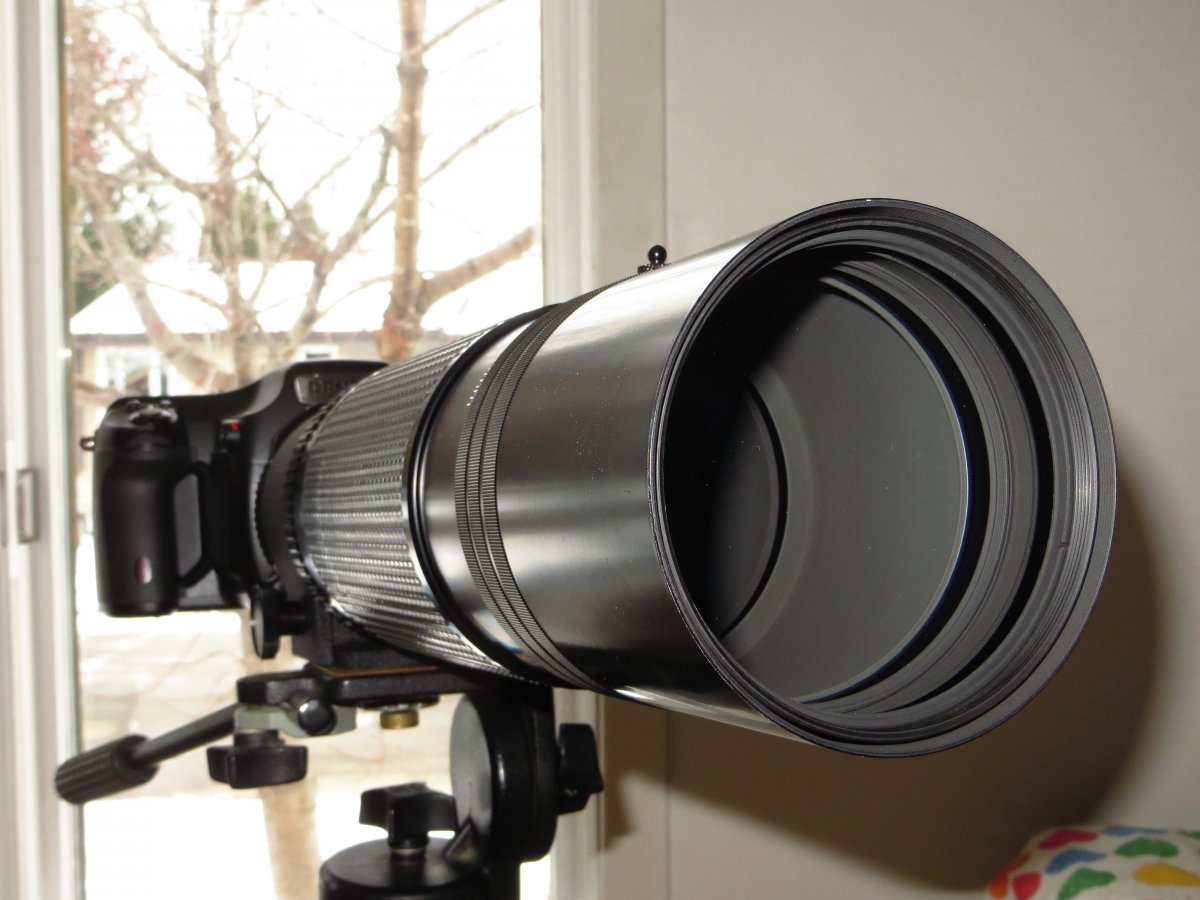
The lens alone weighs 7 pounds, so when the 645Z body and adapter are added, the combo weighs almost 10 pounds. Using a ballhead with a quick-release plate obviates the drama of fumbling with such a heavy lens to mount it on the tripod. The '67 to 645' Pentax adapter permits automatic exposure in Av mode simply by selecting an opening on the aperture ring. The Field of View is equivalent to a 400 mm lens in Full-Frame (500 mm X 0,8 = 400 mm). Pictures are a little "flat" wide-open (@ f/5.6) but sharpness and contrast pick up and become outstanding starting at f/8 and going up to f/22 (see below). Totally unexpected results from such an old design dating back to 1970, though this particular late 67 copy is probably "only" 30 years old and looks like it was assembled last week. It is usable with a P67 converter on a 645Z.
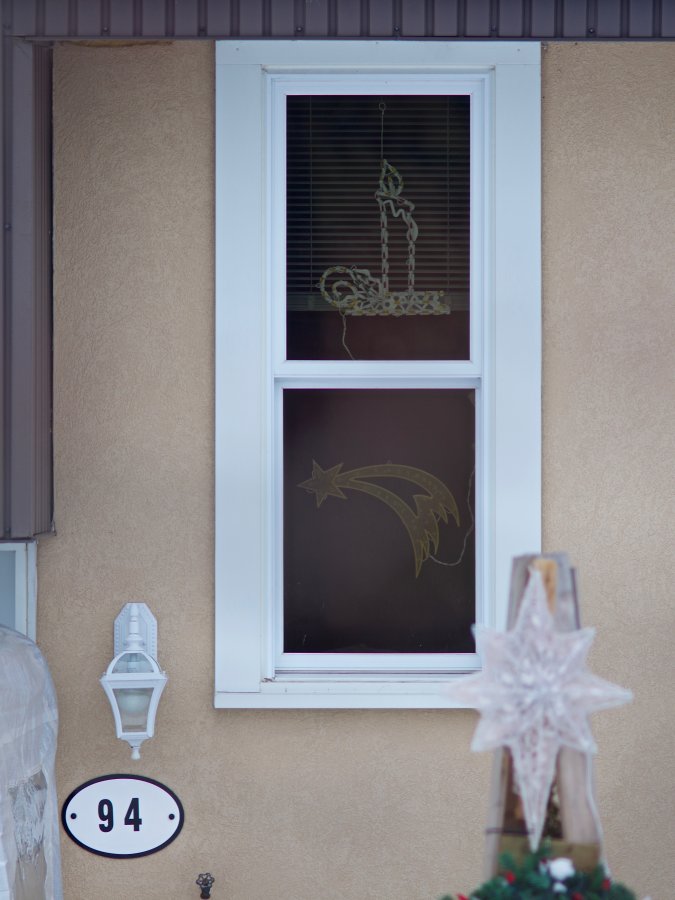 f/5.6 f/5.6
 f/8 f/8
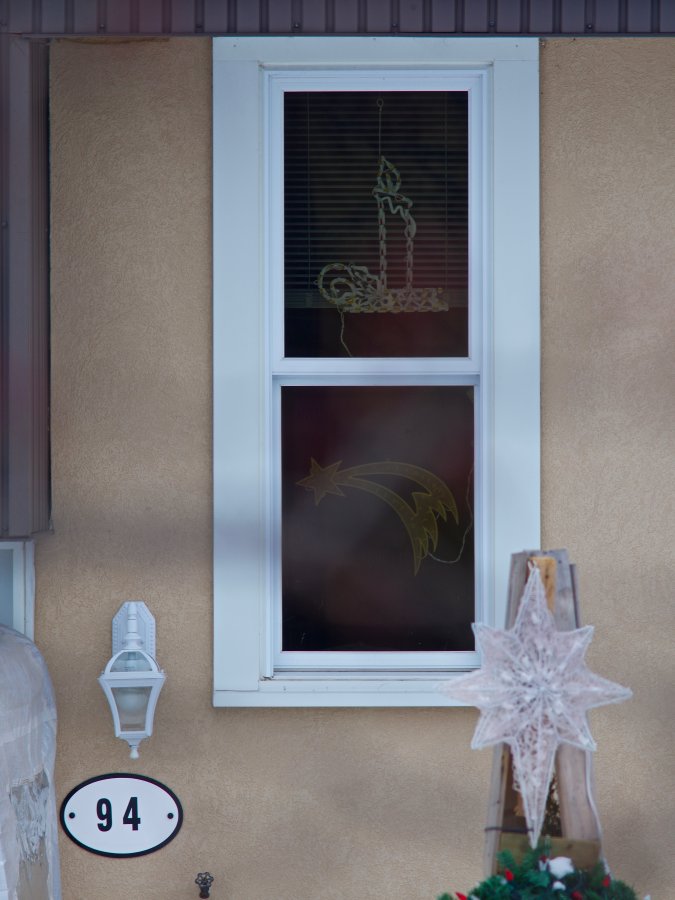 f/11 f/11
 f/16 f/16
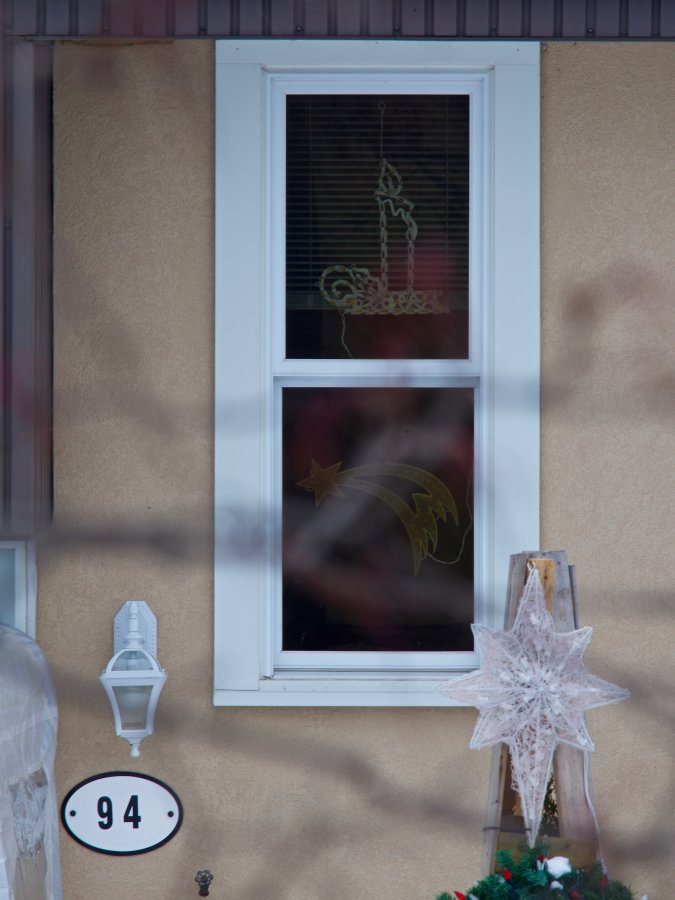 f/22 f/22
 f/16 f/16
 f/11 f/11
 f/8 f/8
 Taken with the P67 grey 1.4X converter Taken with the P67 grey 1.4X converter
The performance of this lens is SURPRISINGLY GOOD, given its age and lack of optical sophistication. The only problem is finding critical focus. IMHO f/8 to f/22 is the optimum aperture range. | | | | | Veteran Member Registered: September, 2017 Location: Medellín Posts: 1,322 | | Review Date: December 31, 2019 | Recommended | Price: $500.00
| Rating: 9 |
| Pros: | Relatively light and small. | | Cons: | Aperture failure. | | Sharpness: 8
Aberrations: 9
Bokeh: 9
Handling: 10
Value: 10
Camera Used: K-5, 6x7 MLU
| |
Unfortunately my copy failed after a while and the aperture is stuck wide open. I hope I can have it repaired in the near future so I can use it on the 6x7. Works quite well wide open on my K-5 plus a gimbal head and also with teleconverters.
| | | | | | | Pentaxian Registered: March, 2007 Location: Greater Copenhagen Area Posts: 430
5 users found this helpful
| | Review Date: November 19, 2015 | Recommended | Price: $400.00
| Rating: 8 |
| Pros: | Can be had for a reasonable sum | | Cons: | Quite heavy and stiff focusing ring | | Sharpness: 8
Aberrations: 10
Bokeh: 8
Handling: 7
Value: 9
Camera Used: Pentax 67 II, Pentax K-5
| |
November 19, 2015:
I have just got this lens (the second version smc Pentax 6x7 500mm 1:5.6), so I will come back with a full review later. But initially I can say that the lens is big and heavy, which should come as no surprise. Also the focussing ring is rather stiff - possibly to do with its age (initially bought by the previous owner around 1982). It is still smooth, but it takes some effort to turn the ring.
The weight stated above (1430 grams) is not correct - my lens weighs in at 2961 grams without front and rear covers (3012 grams with covers).
EDIT: Another error in the tables above: all variants of the smc Pentax-6x7 500mm F5.6 use the inner bayonet.
 K5_26609 by Lars Holte, on Flickr K5_26609 by Lars Holte, on Flickr
February 26, 2016:
I bought this lens mostly because the opportunity presented itself, but I am pleasantly surprised at the image quality of the lens, which is quite good, actually.
The lens is big and heavy and needs a tripod. The focus ring is still quite stiff, so handheld use is out of the question, though the previous owner is said to have used it for airshows.
The lens gives very good results on film - sharp and contrasty (Pentax 67 II) - and it will, I think, prove a useful addition to my assortment of lenses. The minimum focus distance is around 8 m, but since the lens itself has a very sturdy tripod mount and uses the inner bayonet, the close focus distance can be reduced by means of the normal set of extension tubes, which are fairly common.
I have also tested the lens on my Pentax K-5, and even though this lens is by no means meant for digital, the results were better than expected, but they will not stand up to intense pixel peeping. However, the lens is big and clumsy on a DSLR, and I would advice against purchasing it for that purpose. The lens shines on film.
From my tests on digital I know that F5.6 (fully open) and F8 are best avoided, whereas F11 is quite good and F16 is pretty sharp with little chromatic abberation.
May 4, 2016: I initially wrote: In addition, the diaphragm does not open fully again [on my lens] after taking a shot when stopped down in AUTO. It works perfectly on MANUAL, and the blades are clean, so I suspect that the spring return mechanism is malfunctioning somehow. I can open the diaphragm again by selecting F5.6, but that is a bit tedious in the long run. Will see how it turns out in practice or if it loosens up with use.
Well, I can now report that after a period of use and some extra manipulation of the aperture lever on the back of the lens, the diaphragm now opens and closes just as it should in AUTO. The lens must have been laying idle for a long time, but now it works perfectly. I have therefore upped the rating for handling from 6 to 7, and overall I find it quite a good lens when used on a Pentax 6x7 film camera.
Medium distance shot on digital (Pentax K-5) @ F16 and 800 iso:
 K5_26648 by Lars Holte, on Flickr K5_26648 by Lars Holte, on Flickr
Long distance shot on digital (Pentax K-5) @ F16 and 800 iso - most of the blur and haze is due to atmospheric conditions; the subject is 10-11 km distant.
 K5_26662 by Lars Holte, on Flickr K5_26662 by Lars Holte, on Flickr
Another medium distance shot @ F16 and 800 iso:
 K5_26634 by Lars Holte, on Flickr K5_26634 by Lars Holte, on Flickr
Results with 400 iso film and the Pentax 67 II - Rollei RPX 400 dev. in D-76 1+1:
Exposure: 1/180 @ F11 on tripod:
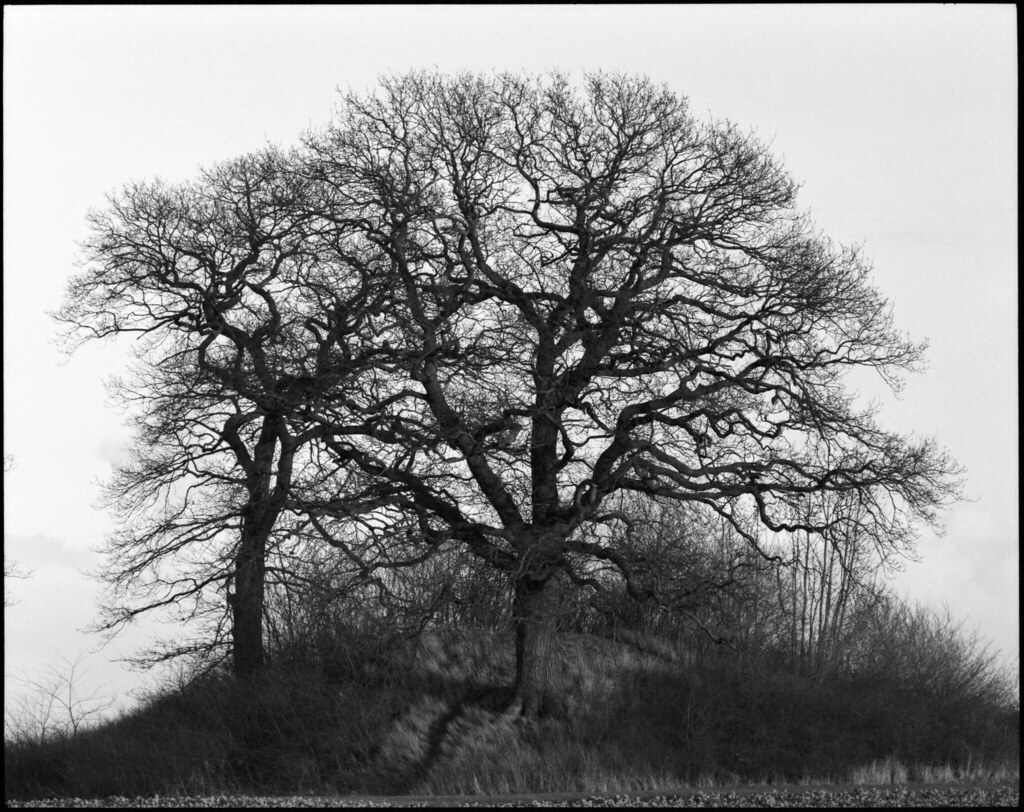 My Favourite Tree II by Lars Holte, on Flickr My Favourite Tree II by Lars Holte, on Flickr
Exposure: 1/250 @ F11 on tripod:
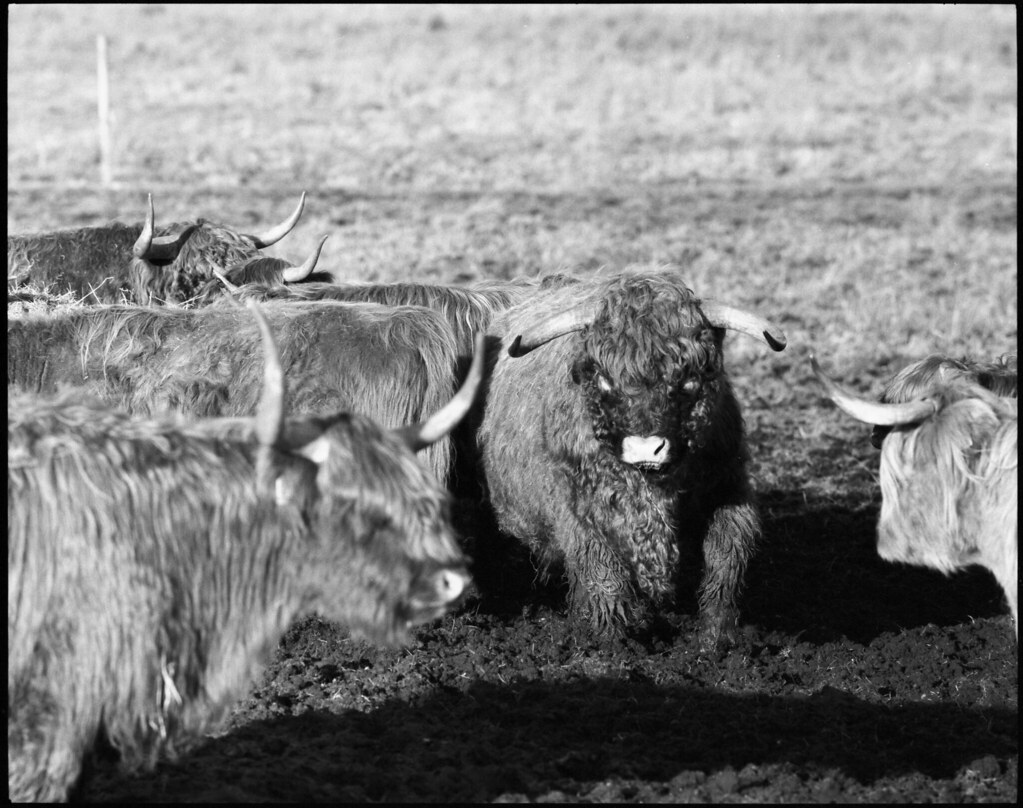 (He's Got) The Look by Lars Holte, on Flickr (He's Got) The Look by Lars Holte, on Flickr
Exposure: 1/250 @ F16 on tripod:
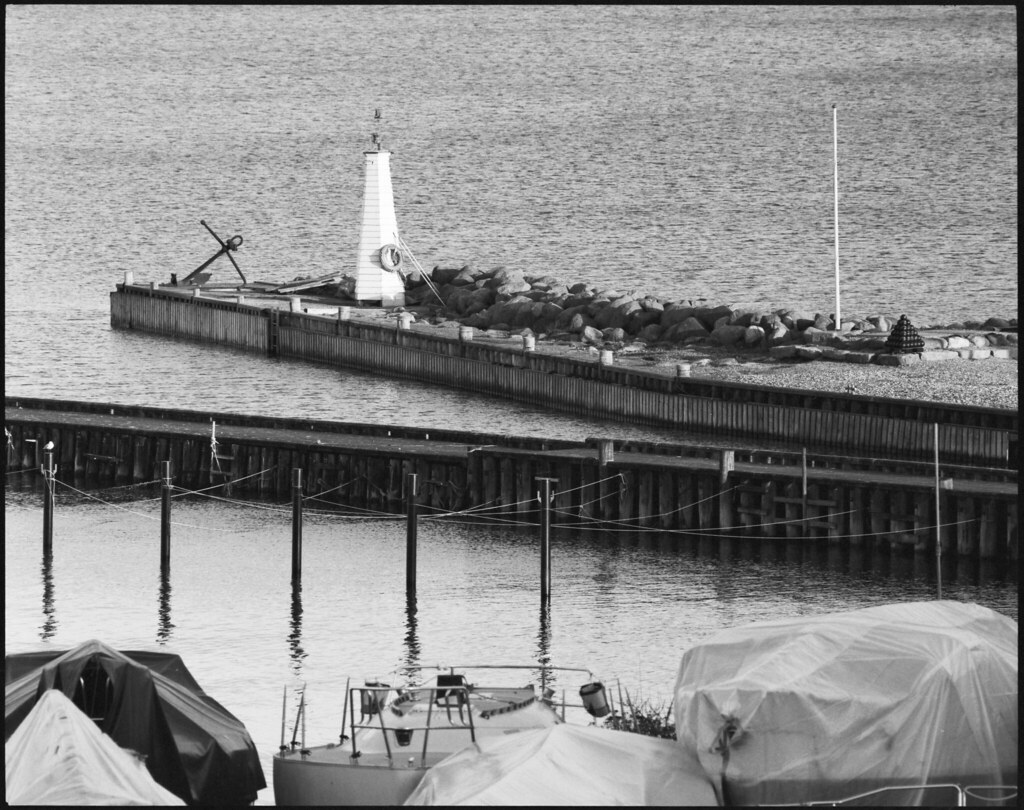 Test smc Pentax-67 500mm F5.6 by Lars Holte, on Flickr Test smc Pentax-67 500mm F5.6 by Lars Holte, on Flickr
Exposure: 1/180 @ F13 on tripod:
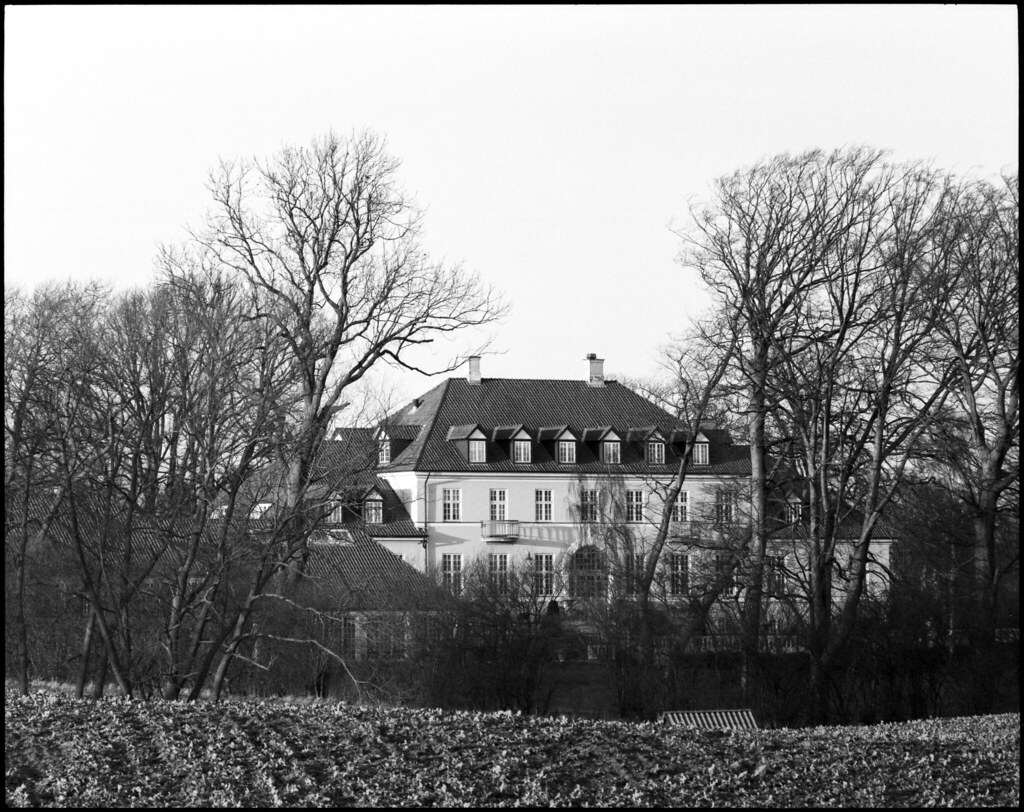 Lyngebækgård by Lars Holte, on Flickr Lyngebækgård by Lars Holte, on Flickr
Some sample images taken with this lens on the Pentax 645N:
Exposure: 1/20 @ F11 on tripod:
 smc PENTAX-67 500 F5.6 on Pentax 645N by Lars Holte, on Flickr smc PENTAX-67 500 F5.6 on Pentax 645N by Lars Holte, on Flickr
Exposure: 1/125 @ F11 on tripod:
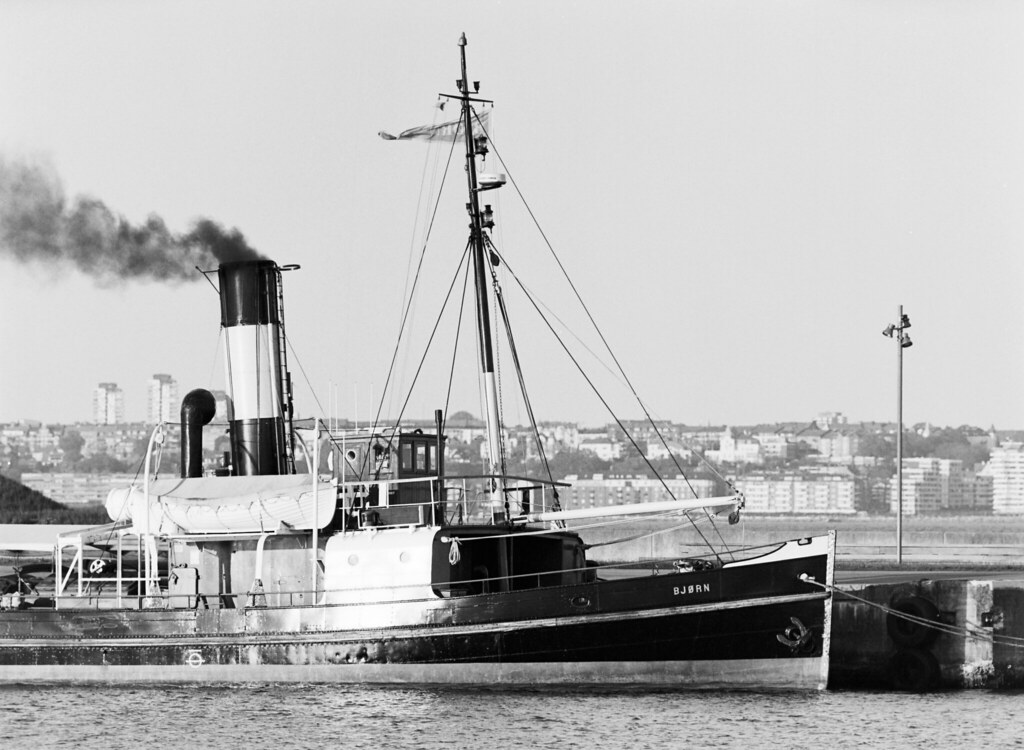 smc PENTAX-67 500 F5.6 on Pentax 645N by Lars Holte, on Flickr smc PENTAX-67 500 F5.6 on Pentax 645N by Lars Holte, on Flickr
Exposure: 1/60 @ F11 on tripod:
 smc PENTAX-67 500 F5.6 on Pentax 645N by Lars Holte, on Flickr smc PENTAX-67 500 F5.6 on Pentax 645N by Lars Holte, on Flickr
Exposure: 1/250 @ F11 on tripod:
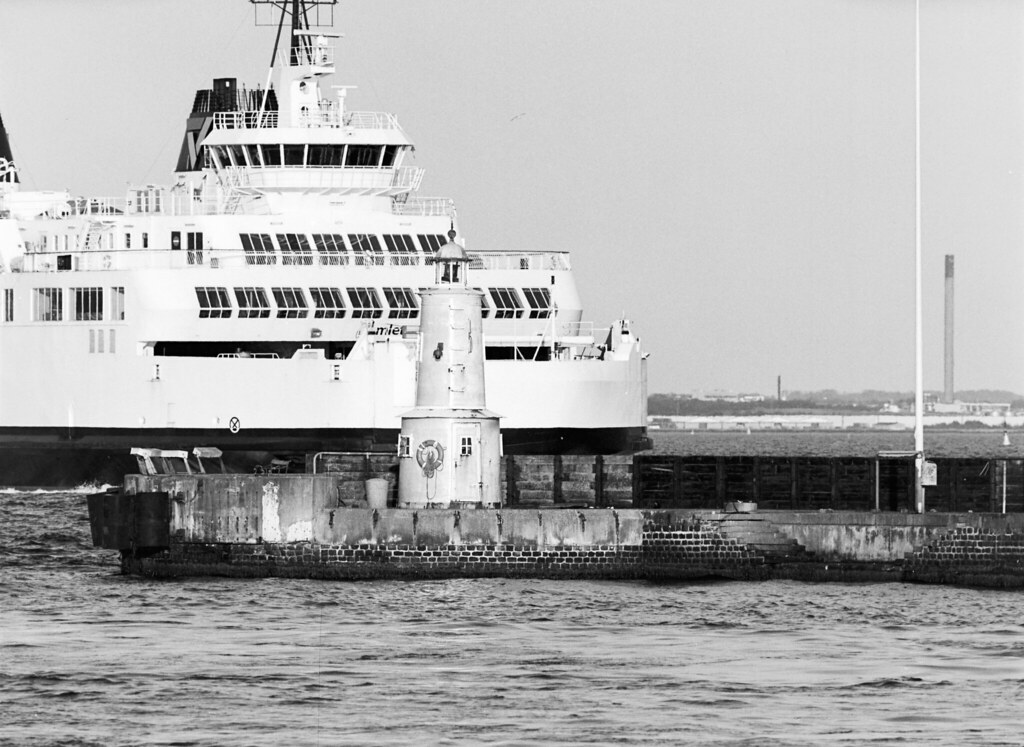 smc PENTAX-67 500 F5.6 on Pentax 645N by Lars Holte, on Flickr smc PENTAX-67 500 F5.6 on Pentax 645N by Lars Holte, on Flickr
The sample images can be clicked larger on Flickr. A click on the image will take you there.
Size comparison smc Pentax-67 500mm F5.6 andsmc Pentax-67 300mm F4:
 smc Pentax-67 500mm F5.6 / smc Pentax-67 300mm F4 by Lars Holte, on Flickr smc Pentax-67 500mm F5.6 / smc Pentax-67 300mm F4 by Lars Holte, on Flickr
| | |